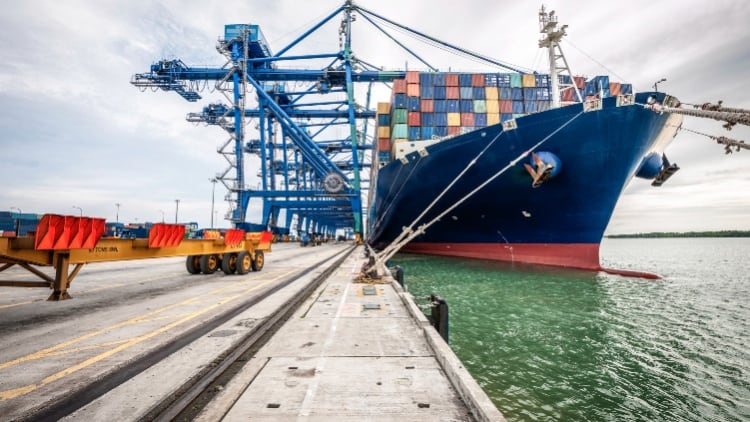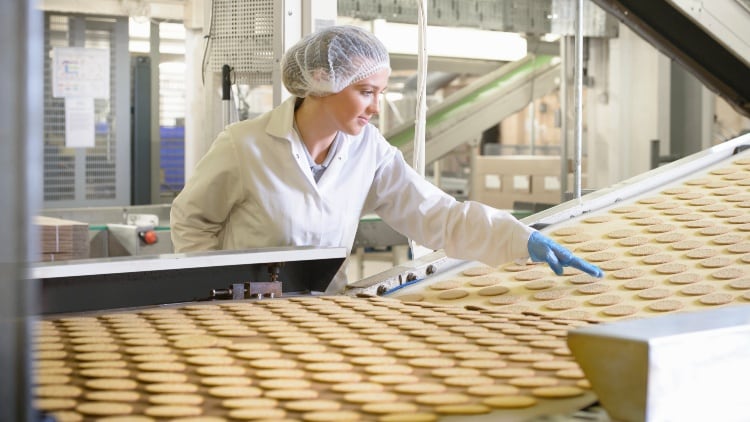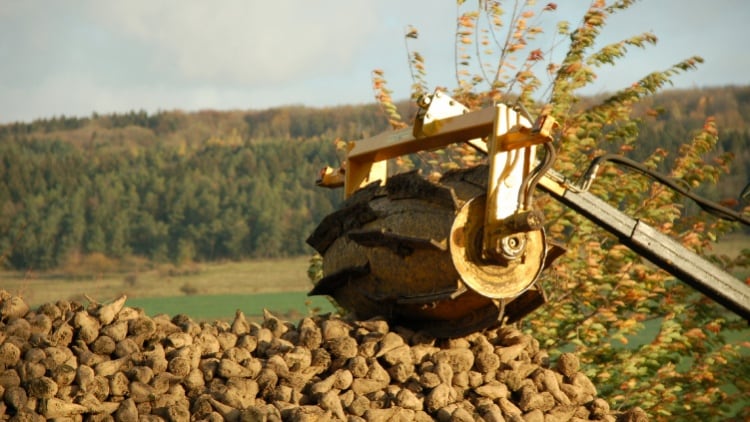After managing the impact of Covid, organisations now face the potential of soaring inflation, unpredictable energy costs and a tough labour market. What makes things more challenging are the conditions brought about by climate change, including droughts, flooding and fires. Any one of these factors alone would significantly alter the approach to supply risk – put together, they are an existential threat for many businesses and are testing the ability of manufacturing and global supply chains.
Meanwhile, consumer expectations are as high as ever. Awareness of – and curiosity regarding – product origin, production processes and logistics details has created a fierce appetite for transparency. As a result, many organisations are reviewing their approach, seeking alternative sources and manufacturing processes. But there’s not just unprecedented scrutiny from consumers – NGOs, investors, governments and regulators also have demands which must be balanced and fulfilled.
Are traditional supply chains fit for purpose?
On top of the increasing expectations, it’s also clear that there has been a paradigm shift for global supply chains. It looks likely that the changes resource and infrastructure have experienced are not temporary, meaning food manufacturers must adapt.
One of the reasons our food is currently safe is that the skills, processes, systems and competencies required have become so deeply embedded in the industry. There are significant upsides to this, but in such a fast-changing and challenging operating context, it’s time to ask the question: are traditional systems for controlling and managing risk still fit for purpose?
This reassessment of risk mindset is being driven by three major factors:
- The fundamental shift in supply chain dynamics has altered the way companies source and distribute their products and services.
- The rapid evolution of digital technologies and data in driving risk management practices themselves.
- The realisation that no amount of scenario planning can prepare a business for a black swan event.
To understand whether current risk management systems are fit for purpose, organisations must take a strategic look at what matters from a risk perspective. There is a need to reset and look beyond food quality and safety, taking a strategic view as to what really matters to the integrity of a brand.
Measuring risk impact
Many organisations face significant internal challenges due to the way their teams inadvertently work in silo from one another. For example, there will often be individual teams managing food safety and quality, employee welfare, sustainability and the environment. However, some of the key challenges facing organisations may overlap or cause conflict. For example, taking action to remove plastic in food packaging is important, but the impact on safety, product quality and shelf-life must also be considered and evaluated. Therefore, it is vital that teams collaborate to ensure that all factors related to assessing risk are joined up.
What’s more, today’s operating context demands change – often at pace. This means organisations must evaluate their processes. Change management has never been more important in the business of risk mindset – the days of ‘setting and forgetting’ are gone. Given that risk is dynamic, reliance on point in time ‘audit’ to measure supply risk, presents opportunity for failure.
To help alleviate this, businesses are increasingly looking to utilise data – both within their own businesses and elsewhere – to detect, predict and prevent risks in a smarter way. From the animals reared to produce it to the packaging used to protect it, manufacturers and retailers need to be able to deliver transparency and traceability across the food supply chain. As a result, companies are looking to their product recall, product failure and supply network audit data to give them an edge.
Harnessing the power of data
The challenge when faced with terabytes of data is knowing which data sources matter most to product and brand integrity. Critically, the starting point for organisations must be the problems they want to solve, not the technology or data source they feel is missing. They should look at the history and how they should treat and translate that data into helping the organisation, not just to get intelligence and insight but to help take action.
With the right approach, data has the potential to transform risk management programmes. It can help establish where future risk is most likely, enabling resources to be focused on areas where the greatest value is at stake. Where data and technology are accelerating supply chain transparency and integrity, companies are also reassessing the role and value of more traditional processes, such as certification. If a component or technique can be shown to be more at risk of failure in certain conditions, it does not make sense to inspect or audit in the same schedule-driven way.
Moving beyond compliance
Compliance is the starting point, the benchmark from which you can further improve your supply chain performance and practices. Going beyond compliance ensures that there is a focus on continual improvement. This focus is against the backdrop of a media savvy generation that is all too aware of the consequences should we fail to act. Some might say the risk resides in the gap between what you say and what you do.
In achieving food safety excellence, our sector has learned that through collaboration and shared best practice, everybody wins – especially the consumer. As the food industry faces up to a more holistic risk landscape, shared responsibility must continue.




